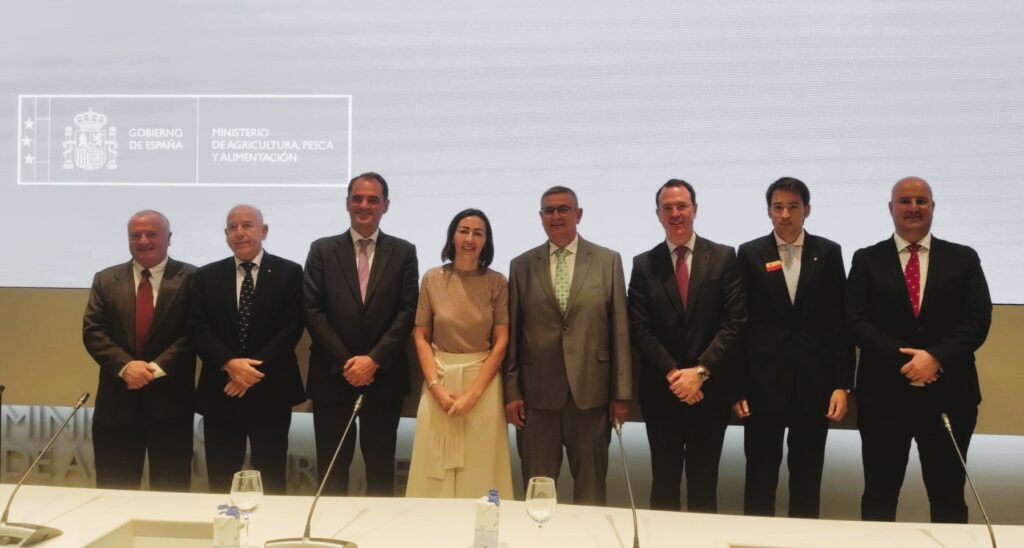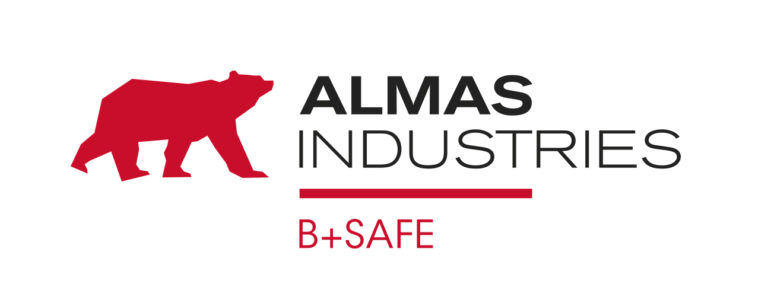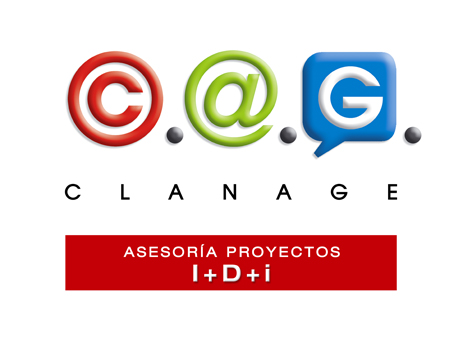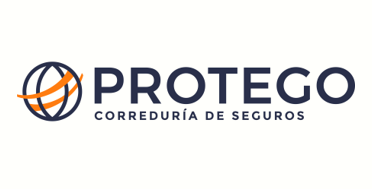The implementation of new actions to achieve higher levels of circularity would allow the white-coated pig sector to reduce six million metric tons of CO2 emissions, save 50 cubic hectometres of water and generate a profit of up to 1,000 million euros.

These are the main conclusions of the report ‘Transformation towards circularity of the Spanish pig sector’, which INTERPORC, the Interprofessional Agri-Food Organisation for White-Coated Pigs, and Deloitte presented this afternoon at the headquarters of the Ministry of Agriculture, Fisheries and Food. The document concludes that circularity represents a key factor to boost the growth of the sector and transform its value chain, making it more sustainable and competitive.
In this direction, it identifies six levers of circularity to optimise the economic, environmental and social value of the sector’s by-products: production of mineralised organic fertilisers; valorisation towards the pharmaceutical and cosmetic industries; efficient water management; optimisation of energy efficiency; and energy valorisation of by-products in biogas/biomethane and biofuels.
Manuel García, president of INTERPORC, has highlighted that “for the Interprofessional, promoting the circularity of the sector is a priority due to its positive impact on sustainability, the promotion of business initiatives in the rural environment and the improvement of social well-being”.
Ana Rodríguez Castaño, Secretary General of Agricultural Resources and Food Safety of the Ministry of Agriculture, Fisheries and Food, has expressed herself in the same vein, pointing out that with circularity the pig sector “has the opportunity to continue being a leader”. In fact, this report, she has highlighted, “marks a milestone in the path of the pig sector towards a more sustainable, more innovative model that responds to social demands”.
For his part, Daniel de Miguel, deputy director of INTERPORC, emphasizes that “these six levers constitute potential paths of transformation towards circularity, and are an essential part of our commitment to triple economic, social and environmental sustainability because they influence our will to permanently advance, improve and demonstrate it to society with facts.”
In this sense, Pedro Rodrigo, partner at Deloitte and head of the firm’s “Future of Food” program in Spain, has stated that “circularity is one of the main factors to drive the growth of the sector along with the development of value-added products, expansion into new markets, the consolidation of Spain as a benchmark in terms of biosecurity or the strengthening of our food ecosystem.”
Miguel Sabater, senior manager of Monitor Deloitte and responsible for the report, has explained that “it is necessary to take into account some critical factors for the full implementation of the levers; such as the necessary investment and associated returns, agreements with industrial and financial partners, institutional and regulatory support and the uneven geographical scenario for their execution.”
The report shows that the development of the detected circularity levers will boost the sustainability of the white-coated pig sector as it will lead to greater efficiency in the use of resources and the use of by-products
In turn, Miguel Ángel Higuera, director of the National Association of Pig Producers, Anprogapor, has also pointed out that “the pig sector is experiencing a new structural change in a changing context where it is necessary to strengthen the production link. In addition to animal health and welfare, it is key to strengthen the valorisation of the by-products of the chain to advance even further in sustainability and sectoral competitiveness”.
Finally, Odón Sobrino, head of the Environmental Management area of the Subdirectorate General of Livestock Production Means of the MAPA, has recognised the nitrogen value of the slurry: “if the levers related to the slurry are applied correctly, Spain’s external dependence on fertilisers would decrease.”
Contributions of circularity to the pig sector
The report shows that the development of the detected circularity levers will boost the sustainability of the white-coated pig sector as it will lead to greater efficiency in the use of resources and the use of by-products; the reduction of greenhouse gas emissions, through the generation of biogas and biofuel; the conservation of water resources, improving resilience against droughts and protecting ecosystems; the reduction of ammonia emissions; and the improvement of agricultural soil productivity by the application of organic fertilizers enriched in nutrients.
In addition, in rural environments it will be a driver of wealth thanks to the development of new businesses and the strengthening of existing ones; in addition to attracting young talent that ensures generational change and the settlement of the population in the rural world.
Finally, it will bring benefits in the improvement of social well-being, thanks, among other factors, to the development of pharmaceutical products or the reduction of odours from livestock activity thanks to optimal management of slurry.
















